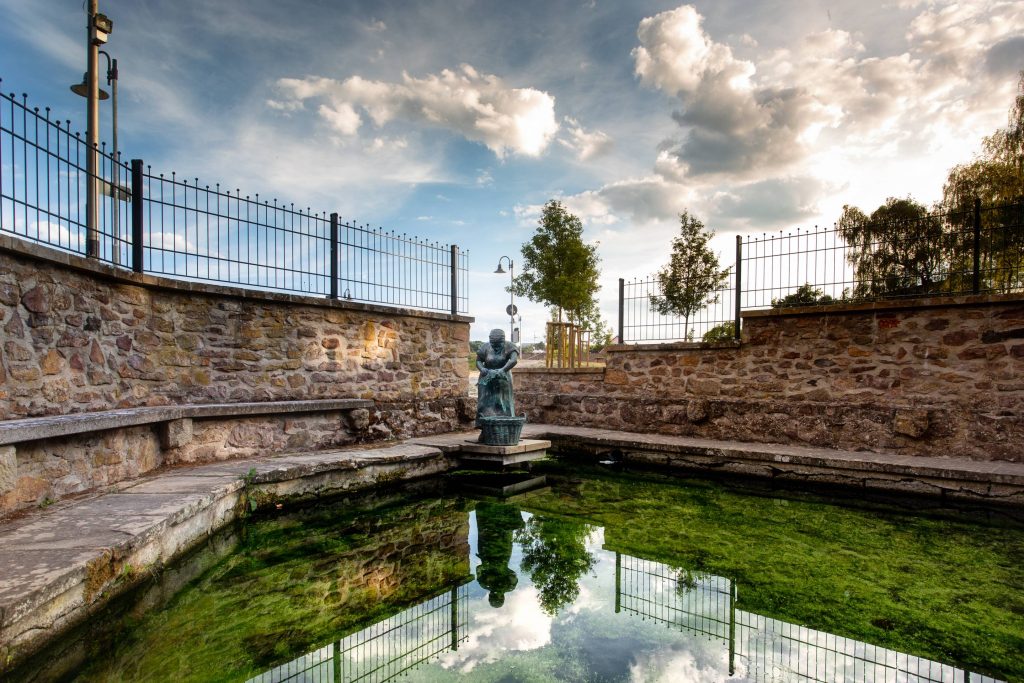
Old Town Hall
Built in 1840, shortly after Baumholder became Prussian. Classicist building with a turret and city clock. Until 1981 seat of the municipal administration of the municipal office. Today city office, local history museum, adult education centre and municipal meeting place.

Blacksmith’s Beer
A detached forging building with an early roof and cattle stand dating back to 1840. Complete establishment of economic and technical historical interest.



Evangelical Church
In the middle of the former churchyard, simple baroque hall church. Ship 1748-50 attached to the late Gothic tower. The founder was Duke Christian IV of Zweibrücken. Interior as a result of renovations in the 50s modern, in the 80s provided with remarkable glass windows. In the tower three bells: a small one of around 1340, a large one from 1499 and new bell from 1953.

Corpse gate
Gate tower of the fortification of the tree holder, built in the 16th century. Morgue, the name is explained by the fact that the dead of the villages north of the city until the beginning of the 20th century. through this gate to the cemetery.

Catholic Church
Parish Church of St. Simon and Judas Thaddäus. 1882-85 neo-Gothic church building, with preserved interior decoration from around 1900. Parts of the high altar originally came from the Cusanus monastery in Bernkastel-Kues. In the tower three bells, two from the 17. and one from the 18th century.

Thick Tower
As a full-round tower made of quarry stone masonry with short heels of the ring wall part of the city fortification. 1986-88 rebuilt to full height after a city view from 1860. The tower and the morgue gate are the oldest buildings of Baumholder.
The thick tower is also used as a wedding room from May to October inclusive.
For more information, visit the city office or refer to the following file.

Wäschbach
Deep water basin fed by a well, originally for washing the laundry. Excavated in 1988 and partially restored.
